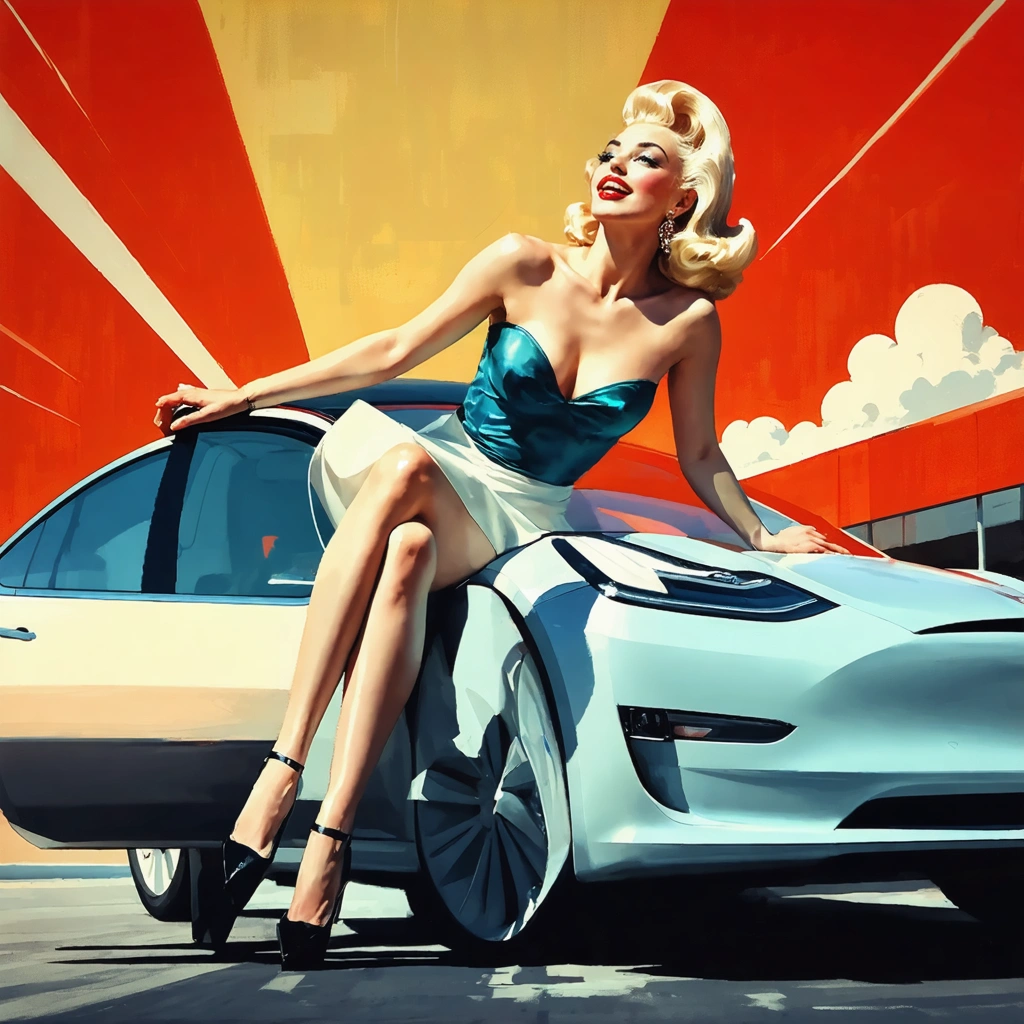
Tesla Turbulence and a Shifting Automotive Landscape
In recent months, Tesla has experienced unprecedented trade-in volumes across the United States. Many customers, disillusioned by the maker’s political stances and rising concerns about targeted vandalism, began seeking alternatives. Consequently, several automakers recognized this market gap and initiated aggressive discount EV offers. Furthermore, new offers generate buzz, and customers excitedly explore other brands. Meanwhile, loyalty to Tesla experiences a decline, and trust shifts to competitors who provide safe, customer-friendly incentives.
Reasons Behind the Tesla Exodus
Initially, many Tesla owners expressed concerns about potential physical damage to their vehicles. Additionally, some customers criticized the company’s leadership and public statements made by Elon Musk. Moreover, media coverage amplified these incidents, causing numerous disaffected owners to reassess their loyalty. As a result, trade-in figures skyrocketed, prompting consumers to consider brands with robust customer service and innovative discount structures. Notably, many drivers appreciated the transparency and consistency offered by rival manufacturers.
Competitors Seizing the Moment
Automakers including Polestar, Lucid Motors, Volvo, and Ford now harness the opportunity. They cleverly deploy attractive incentives that benefit new buyers and existing customers considering world-class trade-in deals. In addition, these companies emphasize reliability and customer care in their marketing. They communicate their offers through detailed programs:
- Flexible financing options
- Extended warranties
- Exclusive trade-in bonuses
Consequently, potential buyers feel reassured and eagerly evaluate the available deals.
Strategies and Incentives Unveiled
Several innovative discount strategies now shape the market. For instance, Lucid Motors launched an offer that combines attractive financing with generous trade-in credits. Simultaneously, Ford introduced a program designed to lower ownership costs over time, which includes maintenance discounts. Volvo and Polestar announced incentives that target eco-conscious buyers, including free home EV charger installations and loyalty rewards. These initiatives reveal a broader industry trend in which competitors position themselves as customer-centric and adaptable amidst evolving market dynamics.
Insight Through Data and Analysis
Industry experts now analyze the dramatic shift in consumer behavior. A recent table below summarizes the key aspects of competitor strategies:
| Automaker | Key Offer | Unique Benefit |
|---|---|---|
| Ford | Discounted Financing | Extended Maintenance |
| Polestar | Trade‐in Bonuses | Eco Incentives |
| Lucid Motors | Attractive Trade Credits | Combined Financing Offers |
| Volvo | Home Charger Installation | Loyalty Rewards |
Moreover, industry analysts suggest that these offers foster consumer confidence while strategically undermining Tesla’s dominant market position. Therefore, competitors benefit immensely from consumer disaffection.
Customer Perspectives and Market Reactions
Several customers reported feeling relieved and optimistic about switching brands. One customer explained, “I felt uneasy with the continuous controversies surrounding Tesla; however, the discount offer from Ford made switching less daunting.” Another observed that dealer support improved dramatically under new programs, which further encouraged alternatives. Additionally, numerous satisfied auto enthusiasts praised the proactive approach by legacy automakers. As a result, market sentiment shifted, and overall consumer confidence improved with the introduction of these diverse options.
Evolving Industry Narratives
Survey data indicates that many buyers now favor comprehensive benefits over brand loyalty. In addition, community forums reflect lively debates discussing the merits of new EV offers versus traditional trust in Tesla. Moreover, these conversations illustrate that the automotive landscape underwent a dynamic change this year. People increasingly consider multiple factors such as discount depth, after-sales support, and environmental benefits. Consequently, legacy brands and emerging players alike benefit from offering solutions tailored to contemporary concerns, thereby attracting a broader audience.
Future Implications and Industry Outlook
Experts predict that competitors who adopt customer-driven incentives could markedly shift market dynamics over the next few years. Observing current trends, automotive giants forecast:
- Increased consumer transition to alternative EV brands.
- Enhanced marketing campaigns featuring discount benefits.
- Rising demand for robust after-sales services.
Furthermore, automakers invest heavily in research and development, ensuring continuous product enhancements that support affordability and quality. As a result, the sector anticipates healthy competition for market share while diversifying product portfolios.
Industry Impact and Competitive Strategy Analysis
These recent developments encourage detailed analysis from analysts who review market share percentages, consumer sentiment scores, and financial forecasts. Additionally, firms implement strategic pricing models to optimize their offerings. Notably, automakers now balance discount incentives with long-term profitability. In light of these changes, industry experts advise that transparent pricing and customer inclusivity remain central to sustained growth. Overall, the evolution of EV discount strategies demonstrates that competitive pressure drives innovation and motivates improved services.
Compelling Technological and Marketing Convergence
Technological innovation now intersects with aggressive discount marketing to create a compelling narrative. Companies continue to invest in software updates, battery longevity improvements, and user experience interfaces. Moreover, marketing teams design outreach initiatives that engage customers across multiple platforms. Additionally, detailed social media campaigns and community events further enhance brand recognition. Consequently, these multidimensional strategies enrich customer experience and ensure that automakers maintain a robust competitive stance. In summary, the convergence of technology and marketing creates an environment where discount EV offers deliver both tangible benefits and emotional reassurance.
Conclusion: A Dynamic Market in Flux
Ultimately, the automotive industry demonstrates how shifting consumer sentiments drive market transformation. Many customers feel empowered by transparent initiatives, while competitors seize every moment to fill the void left by Tesla’s controversies. In addition, this narrative reinforces the importance of adapting marketing strategies to regional and consumer nuances. Moreover, as competitors continue to deliver enticing discount offers, the industry witnesses robust debates on brand loyalty and customer advocacy. Therefore, the dynamic landscape promises innovation, resilience, and robust competition. Undoubtedly, this evolving chapter not only redefines consumer choice but also writes a new story in the world of electric vehicles.




